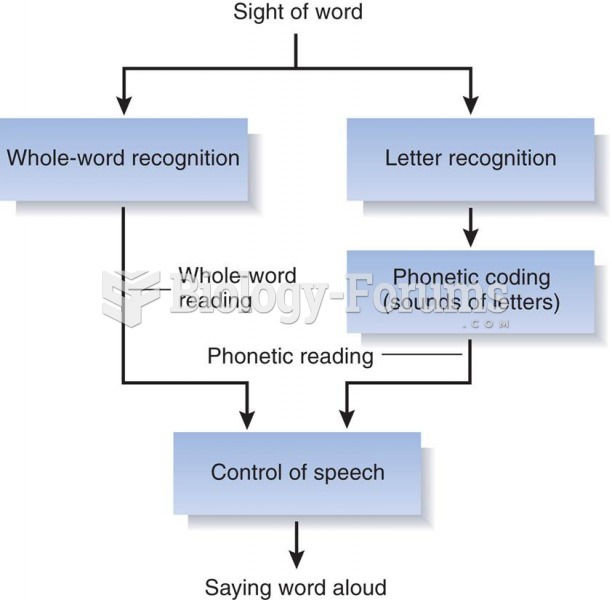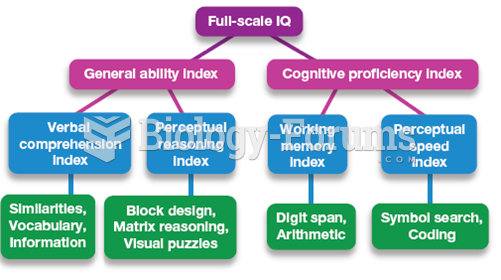Answer to Question 1
What adults saythe verbal interaction between adult (parent or teacher) and childduring story readings has a major influence on children's literacy development. During storybook readings, children learn about the turn taking inherent in all conversation. The adult helps the child negotiate the meaning of the text, assisting by relating the content to personal experiences, providing information, asking questions, and setting expectations. Who talks the most and the content of the talk varies with the child's age.
Specific read-aloud strategies have been recommended for use in early childhood classrooms. A general read-aloud structure includes the following: read aloud every day; select high-quality literature; show and discuss the cover of the book before reading; ask children to make predictions about the story; provide a brief introduction; identify where and what you will read; read with expression at a moderate rate; read some stories interactively; read favorite stories repeatedly; and allow time for discussion after reading.
Shared reading through the reading of big books is also recognized as a critically important practice in quality early childhood literacy programs. Big books permit all children to see the print, something not possible when teachers read aloud from a regular-size book. By using big books, teachers can introduce children to the conventions of print and the concepts about books.
Answer to Question 2
Teachers (and children) collect information and store it. The products and information are analyzed by the teacher to assess each child's progress over time. These types of authentic assessments provide just the type of information that teachers need in order to provide effective literacy learning experiences for children.







